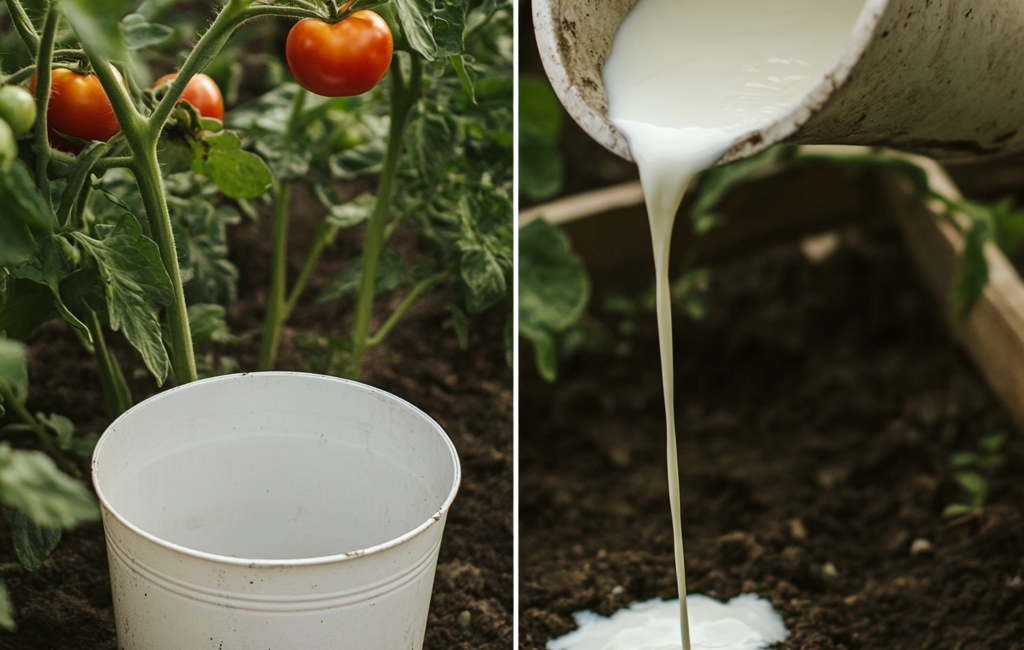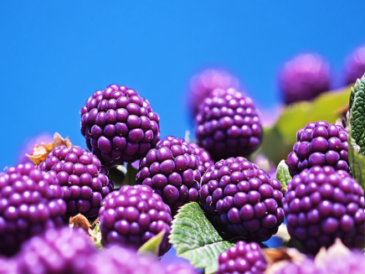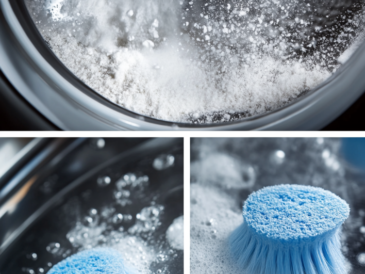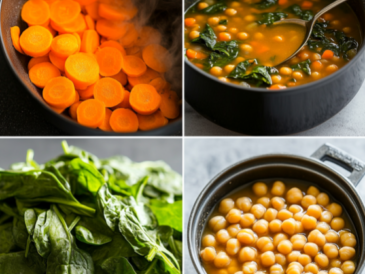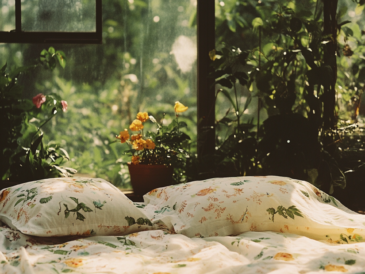While yeast is a fantastic natural fertilizer, it’s often beneficial to use it in conjunction with other organic fertilizers to provide a well-rounded nutrient profile for your plants. Here are some complementary options:
1. Manure
Manure is a traditional and widely used organic fertilizer rich in nitrogen, phosphorus, and potassium. It also contains organic matter that improves soil structure and moisture retention. Manure can be mixed into the soil or used as a top dressing.
2. Compost
Compost is another excellent source of nutrients and organic matter. It’s made from decomposed plant material and kitchen scraps, and it enriches the soil with a wide range of nutrients. Compost also enhances soil texture, promotes beneficial microorganisms, and improves water retention.
3. Worm Castings
Worm castings, also known as vermicompost, are a nutrient-rich organic fertilizer produced by earthworms. They are an excellent source of nitrogen, potassium, and micronutrients, and they help improve soil structure and aeration.
The Science Behind Yeast as a Fertilizer
To truly appreciate the benefits of yeast as a fertilizer, it’s helpful to understand the science behind how it works. When yeast ferments, it produces carbon dioxide, which is released into the soil and absorbed by plant roots. Carbon dioxide is a key component of photosynthesis, the process by which plants convert light energy into chemical energy.
Additionally, the byproducts of yeast fermentation, including alcohols and organic acids, can enhance the availability of nutrients in the soil, making them more accessible to plants. These compounds also help to suppress harmful pathogens, reducing the risk of disease and promoting overall plant health.
Practical Tips for Using Yeast in the Garden
Here are some additional tips to help you get the most out of using yeast as a natural fertilizer:
- Test on a Small Area First: If you’re new to using yeast as a fertilizer, it’s a good idea to test it on a small area of your garden first. This will allow you to observe how your plants respond before applying it more widely.
- Avoid Overapplication: While yeast is beneficial, too much of a good thing can be harmful. Stick to the recommended dilution and application frequency to avoid overloading your plants with nutrients.
- Store Unused Yeast Solution: If you have leftover yeast solution, store it in a sealed container in the refrigerator for up to a week. Be sure to stir it before using it again, as the yeast may settle at the bottom.
Conclusion: Yeast as a Sustainable Fertilizer Choice
Incorporating yeast into your gardening routine is a simple, cost-effective way to boost plant growth, enhance soil health, and promote sustainable gardening practices. With its rich nutrient content and ability to support beneficial microorganisms, yeast is more than just a kitchen staple—it’s a powerful tool for gardeners looking to nurture their plants naturally. Whether you’re growing vegetables, flowers, or houseplants, yeast can help you achieve healthier, more vibrant growth, all while keeping your gardening practices eco-friendly.
So, why not give it a try? With just a few ingredients and a little bit of time, you can create your own natural fertilizer and watch your garden thrive like never before.
